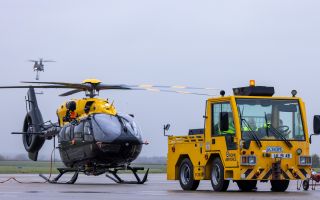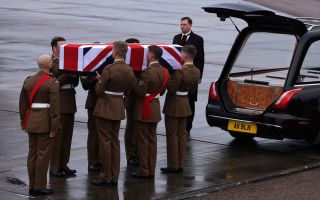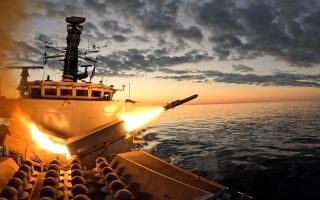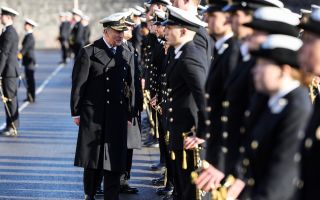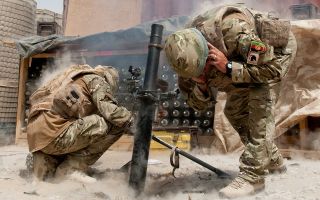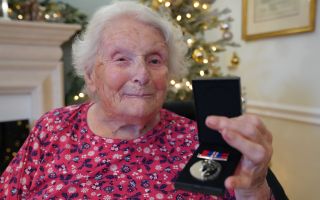Arming the armourers with the skills they need to keep the Army's weapons firing
Whatever weapon a soldier uses, whether it's an SA80 L85 assault rifle, a Glock handgun, a Sharpshooter designated marksman rifle or a Grenade Machine Gun, it needs to be kept in perfect working order – and that's where the armourers come in.
But in order to look after these weapons, carry out repairs or replace a worn barrel, trainee armourers need to be taught the ropes, so we paid a visit to the Defence College of Technical Training at MOD Lyneham.
The college runs courses for armourers from all three services and covers an extensive range of weapons such as the Underslung Grenade Launcher used by dismounted close combat troops and the Long Range Sniper Rifle.
"I've always wanted to be an armourer since I was about 12," said Craftsman Archie Miller from the Royal Electrical & Mechanical Engineers, one of the trainees on the course.
"I used to talk to the Royal Marines quite a bit and they sort of steered me in the direction of join the Army and join as an armourer."
He explained why maintaining weapons was crucial to a soldier's performance on the battlefield.
"If the weapon goes down, then that can be someone's life in your hands," he said.
"I quite like the GMG [Grenade Machine Gun] just because it's complexly simple, if that makes sense.
"So it looks difficult, but it's actually really easy the way it comes together."
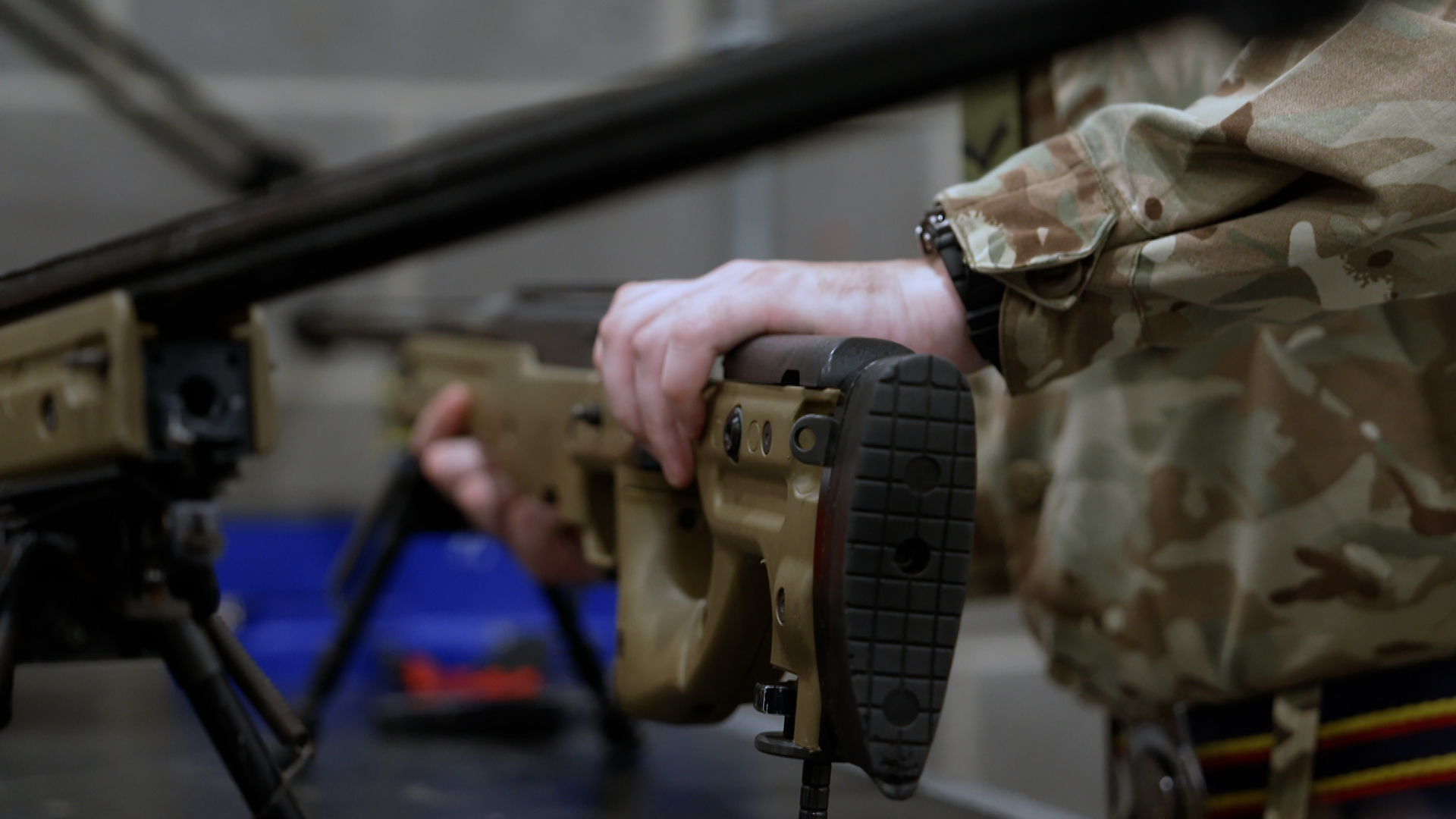
Fellow trainee Lance Corporal David Taylor from The Rifles talked us through the L115 A3 Long Range Sniper Rifle, demonstrating a barrel change on the weapon, which is chambered in 8.59mm/.338 Lapua Magnum.
This bullet is heavier than the 7.62mm round of the L96 Sniper Rifle and is less likely to be deflected over extremely long ranges.
It has a high muzzle velocity and generates extremely high internal pressures, so correct torque settings and tolerances are crucial.
"So, for example, here you see a Lapua Magnum round," he said. "There's a lot of force going through the barrel.
"If you didn't have it torqued up to the setting we have, one, you risk the barrel coming off when you fire, or you can even risk a breach explosion, which is [when] you're hurting the person you're trying to support."
Another trainee, Craftsman Joshua Block of the REME, pointed out how some of the more robust weapons needed quite a bit of brute force when working on them.
Others, like the Glock 9mm handgun, on the other hand, needed a far more delicate touch.
But whatever weapons system was being worked on, the outcome was the same – it needed to function and fire so the soldier wielding it could rely on it in combat.

